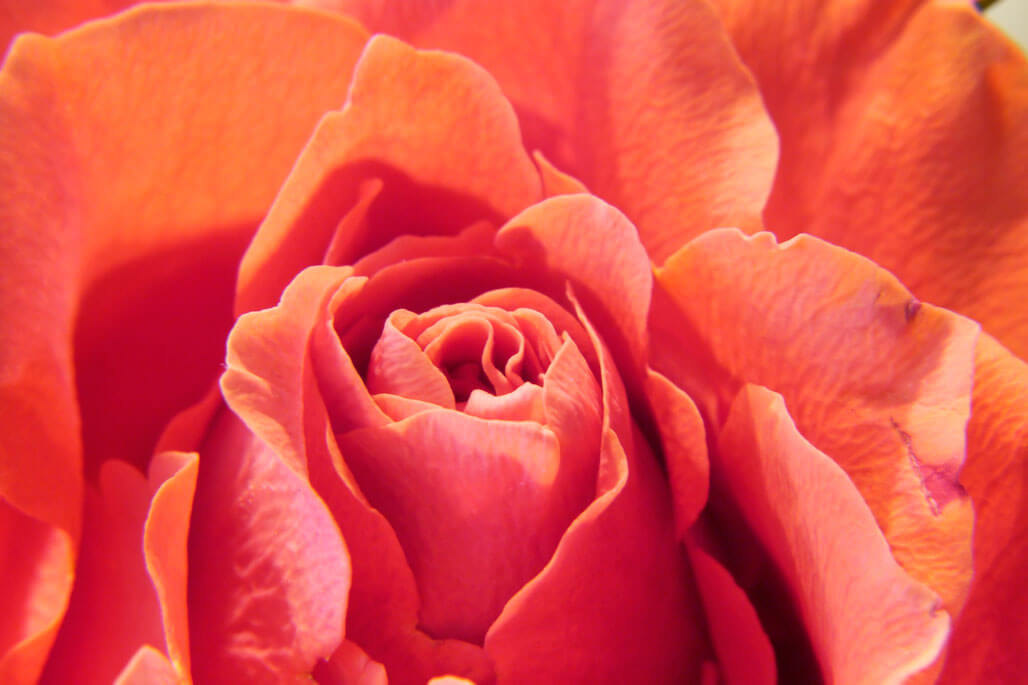Mirrorless Macro Stage 1
In the first part of this series, I showed that even kit lenses, such as the Lumix G Vario 14-42mm f/3.5 -5.6 Asph can get withing 12-inches of subject and I used it to make the below photograph. Cokin, Hoya, Tiffen, Sunpak as well as other filter and camera manufacturers offer what are usually called close-up “filters.” Although not really filters in the traditional sense, they pass the duck test: They look like filters, work like filters and quack like filters, so I’ll call’em filters like everybody else.
Close-up filters are really supplementary lenses that use high-quality optics to shorten your camera lens’ close-focusing distance allowing you to get closer to the subject. Many close-up filters are available in different strengths or diopters as a set that includes Close-up +1, Close-up +2, and Close-up +4 and sometimes +10, which is the one I used to make the below photograph. Close-up lenses are double-threaded so they can be used in combination with one another but to get the sharpest results it’s a good idea to place the strongest filter closest to the lens’s front element.
Close-up filters kits vary in price but if you want to give it a try to see if you like macro photography a try, there are bargains out there. I purchased a four piece—Close-up +1, Close-up +2,
Close-up +4
and Close-up +10— Vivitar close-up filter kit on eBay for less than $22 including shipping. It was a 52mm filter kit which fits the Lumix G Vario 14-42mm f/3.5 -5.6 Asph and even comes with a nice case. Larger sizes will obviously cost more. —Joe Farace





